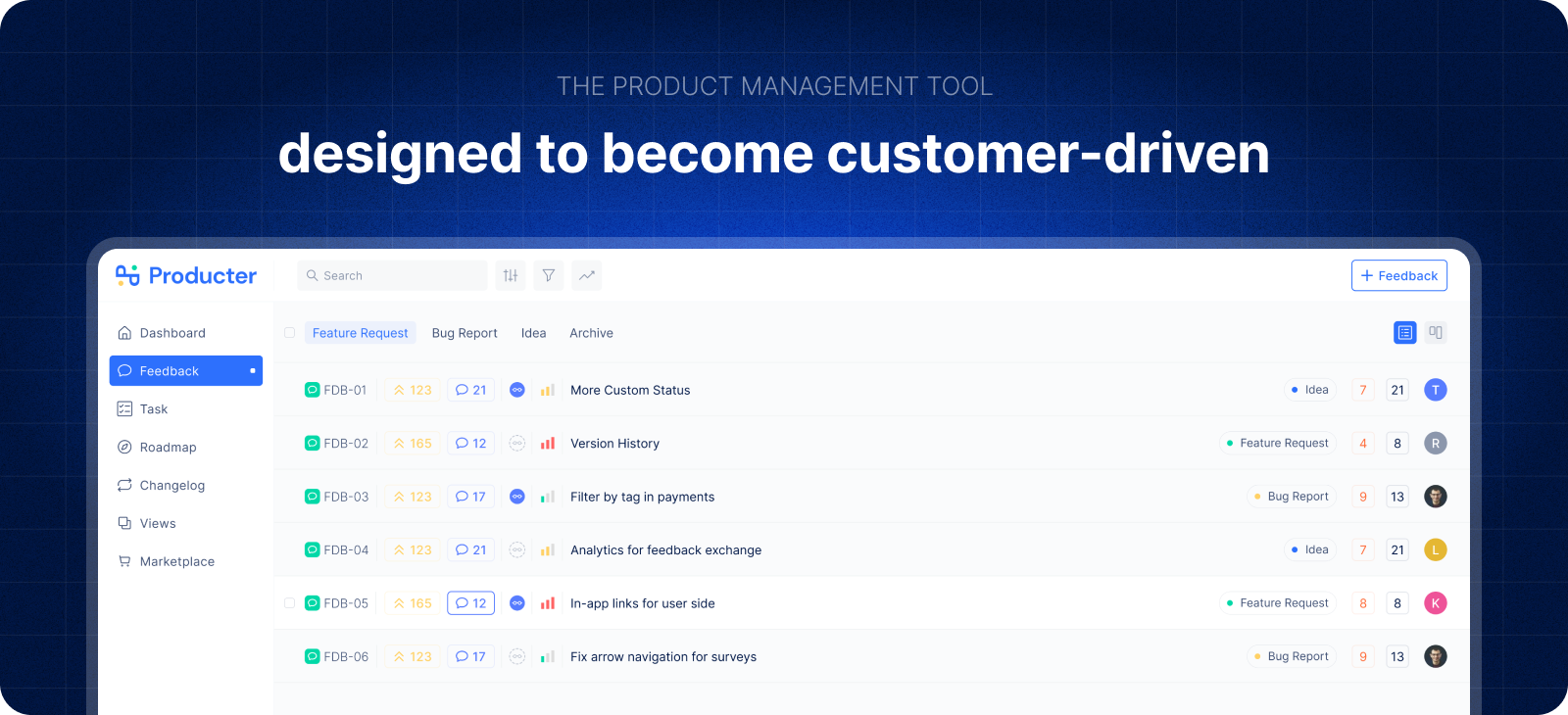Value proposition is a term used in marketing and business strategy to describe the unique selling point (USP) of a product or service. A value proposition can be a promise of value to be delivered, an exclusive offer or discount, or a unique selling point that sets your offering apart from competing products or services.
Importance of Value Proposition
Your value proposition is key because it demonstrates to potential customers why they should buy from you instead of your competitors. It sums up the benefits of doing business with you, and provides a compelling reason for customers to choose you over other options.

An effective value proposition answers the question: "What's in it for me?" from the customer's perspective. It should be clear, concise, and easy to understand, so that prospects can quickly see the benefits of doing business with you.
Your value proposition should be unique to your business, and should be based on a deep understanding of your target market and what they are looking for. A strong value proposition can be a powerful differentiator in a crowded marketplace, and can help you win more business.

Essential Components of a Value Proposition
Value propositions are brief statements that explain what a product or service does, how it does it, and why it is better than alternatives. They are designed to persuade customers to purchase a product or service by clearly articulating its benefits.
There are four essential components of a value proposition:
1. Problem Statement:
The value proposition must begin with a statement of the problem that the customer is facing. This should be a specific and relatable problem that the customer is likely to encounter.
2. Solution:
The value proposition must then offer a solution to the problem that is being faced. The solution should be specific and tailored to address the needs of the customer.
3. Benefit statement:
The value proposition must explain how the proposed solution will benefit the customer. The benefits should be tangible and relevant to the customer’s needs.
4. Differentiation:
The value proposition must explain why the proposed solution is better than alternative solutions that are available. The differentiation should be clear and significant, so that customers can see why this particular
A well-crafted value proposition will include all four of these components, but the relative importance of each will vary depending on the specific product or service being offered. For example, a new and innovative product may place greater emphasis on its differentiation statement, while a more mature product may focus primarily on its benefit statement.
How to craft an effective Value Proposition?
Most businesses today are fighting for the attention of potential customers. In such a scenario, having a strong and effective value proposition has become critical for any business that wants to stay ahead of the competition.
Now that we know what a value proposition is, let's take a look at how you can craft an effective one for your business.
Step 1: Define your target audience
The first step in crafting an effective value proposition is to define your target audience. Drafting a value proposition that speaks to your ideal customer hinges on understanding who they are.
To do this, you need to answer the following questions:
· Who is your ideal customer?
· What are their needs and wants?
· What are their pain points?
· What are their goals?
Step 2: Identify the unique value that your product or service offers
The next step is to identify the unique value that your product or service offers. What is it about your offering that makes it different from what your competitors are offering?
To answer this question, you need to take a close look at your product or service and ask yourself what unique benefit it provides. Once you have identified the unique value that your product or service offers, you can start creating a value proposition around it.
Step 3: Create a compelling value proposition statement
Now that you know who your target audience is and what unique value your product or service offers, it's time to put it all together in a compelling value proposition statement. A great value proposition statement should be clear, concise, and persuasive.
Here are a few tips to keep in mind when crafting your value proposition statement:
· Keep it short and to the point.
· Use simple language that can be easily understood.
· Be clear about the benefits you offer.
· Focus on the customer and what they stand to gain.
· Make sure it's unique to your business.
Once you have created your value proposition statement, it's time to put it to the test. Show it to potential customers and see how they react. If they find it compelling, then you know you're on the right track. If not, then it's back to the drawing board.
Crafting an effective value proposition is critical for any business that wants to stay ahead of the competition. By following the steps outlined above, you can create a value proposition that will resonate with your target audience and help you win more business.
The Bottom Line
A value proposition is a statement that tells your customers why they should buy from you and not your competitors. It’s important because it helps you stand out from the crowd, articulate what you do in a clear and concise way, and focus on the things that are most important to your customer. Crafting an effective value proposition involves understanding what your customer wants and needs, knowing what sets you apart from your competition, and distilling all of that information into a few key sentences. By taking the time to craft a strong value proposition, you can make sure that potential customers understand exactly what you have to offer and why they should choose you over anyone else.
Producter is a product management tool designed to become customer-driven.
It helps you collect feedback, manage tasks, sharing product updates, creating product docs, and tracking roadmap.






